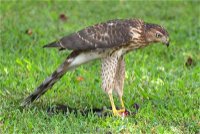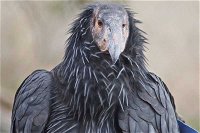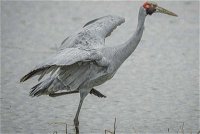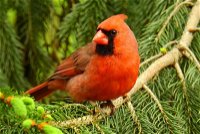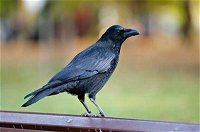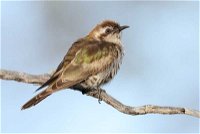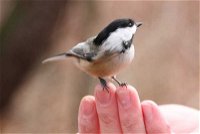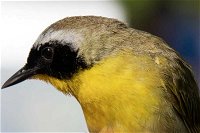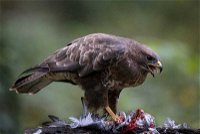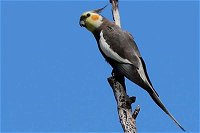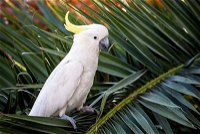
C-Birds Trivia Quiz
Barely a seabird in sight (but a few water birds have been included), C-Birds is a quiz about birds with names starting with C. All you need do is match the bird name with its corresponding photo. Happy hunting... Oh, poor choice of phrase. Sorry.
by 1nn1.
Estimated time: 3 mins.
- Home
- »
- Quizzes
- »
- Animal Trivia
- »
- Wild Birds
